Waldport, Oregon is a small coastal town located on the central Oregon coast. It is situated on the Alsea Bay and it is surrounded by beautiful forests, beaches, and waterways.
With the local motto, “where the forest meets the sea,” Waldport is your destination for miles of sandy beaches, crabbing & clamming, fishing, hiking, golf, disc golf, dining, shopping, art galleries, great food – and much more.
Waldport’s History
The area where Waldport is located has a rich history, and it has been inhabited for thousands of years. The Alsea tribe, a Native American tribe that lived in the area, were the first known inhabitants of the region. They lived in the area for thousands of years, and they relied on the abundant natural resources of the region for their livelihood.
In the early 1800s, European settlers began to arrive in the area, and they quickly established a thriving lumber industry. The area around Waldport was heavily logged, and the trees were used to build homes, ships, and other structures.
In October of 1879, David and Orlena Ruble laid out the City of Waldport, using the nighttime stars as their survey guide. The city was chartered in 1890 and incorporated in 1911. The townsite is an old Indian burial ground. A point south of town bears the name of Chief Yaquina John, one of the last of the Alsi tribe members. The name stems from the German word “wald” for forest and “port” for the location. The town quickly grew, and it became a hub for the lumber industry and other industries.
Throughout the 1900s, Waldport continued to grow and evolve. The town became a popular destination for tourists, and it developed a thriving fishing and seafood industry. Today, Waldport is a popular spot for fishing, crabbing, and other outdoor activities, and it is known for its beautiful beaches and scenic beauty.
The area once had several sawmills and salmon canneries. Logging still prevails as an occupation, but no sawmills remain in the area. At one time Waldport even started its own railroad and was accessed by train. The line was built in 1918 by the U.S. Army to log spruce that was used to build airplanes during WWI. The line extended from the area of the Port docks to Shepard’s Point, with its final destination being Toledo, and was the first reliable transverse crossing of the Bay which did not require a boat.
After the war ended the line was acquired by the C.D. Johnson Lumber Company, which used it to log an area south of town known as Camp One. When the logging was completed in 1935 the railroad was abandoned. The first Alsea Bay Bridge was designed by Conde McCullough and completed in 1936, but the steel reinforcements eventually succumbed to exposure and the bridge was replaced in 1991.
The Alsi´ Tribe
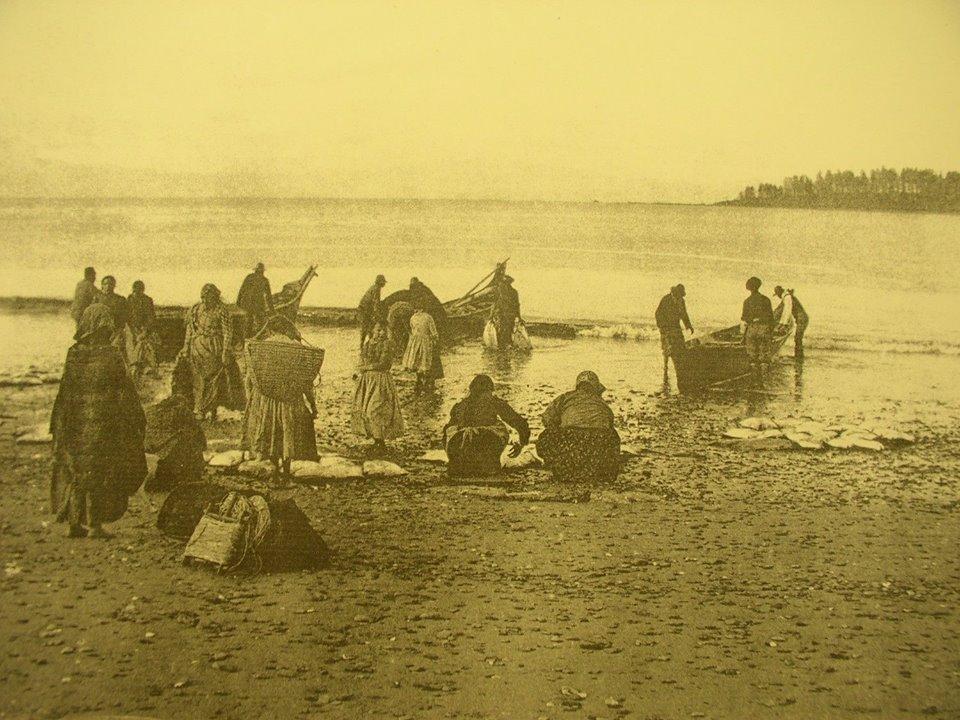
One of the most fascinating aspects of Waldport’s history is the town’s connection to the Alsi´ tribe, known today as the Alsea Tribe. The Alsea tribe lived in the area for thousands of years, and they left a rich cultural legacy. Today, the tribe is recognized by the state of Oregon, and it continues to play a vital role in the region.
The Alsea tribe has a long and rich history, and it has survived many challenges over the years. The tribe was forcibly removed from its land in the 1800s, and many of its members were relocated to reservations. Despite this, the tribe managed to maintain its cultural traditions and identity, and it continues to thrive today.
The Alsea tribe is an important part of Waldport’s history, and it continues to play a vital role in the community. The tribe is active in the local economy, and it operates several businesses, including a casino and a resort. The tribe also works to preserve its cultural heritage and to educate the public about its history and traditions.
We can read excerpts from the “Notes on the Alsea Indians” from the April-June issue of the American Anthropologist.
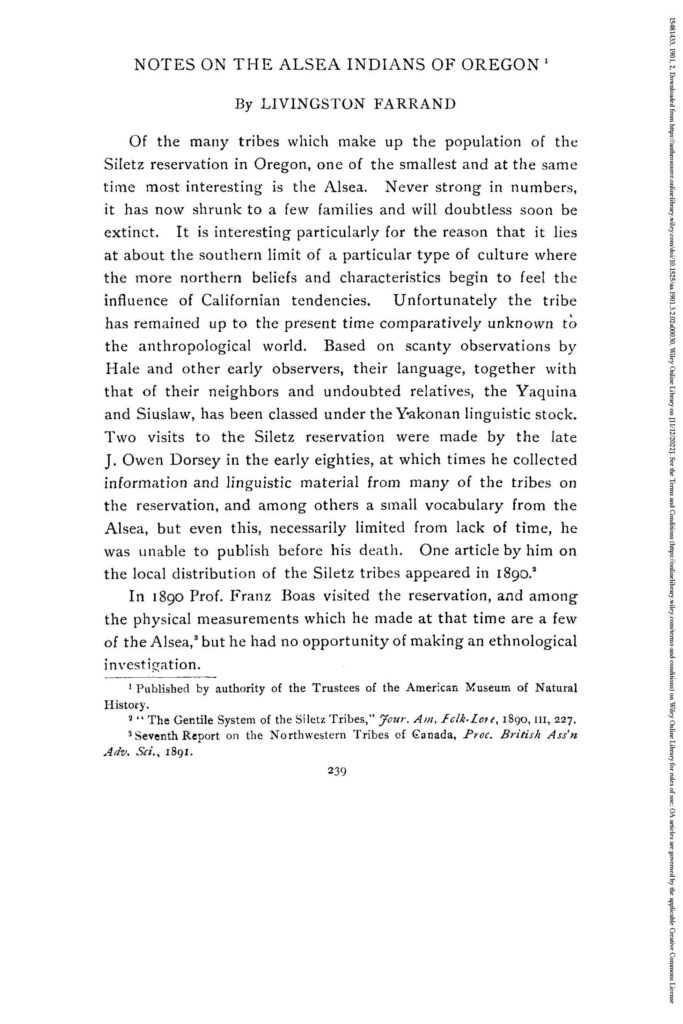
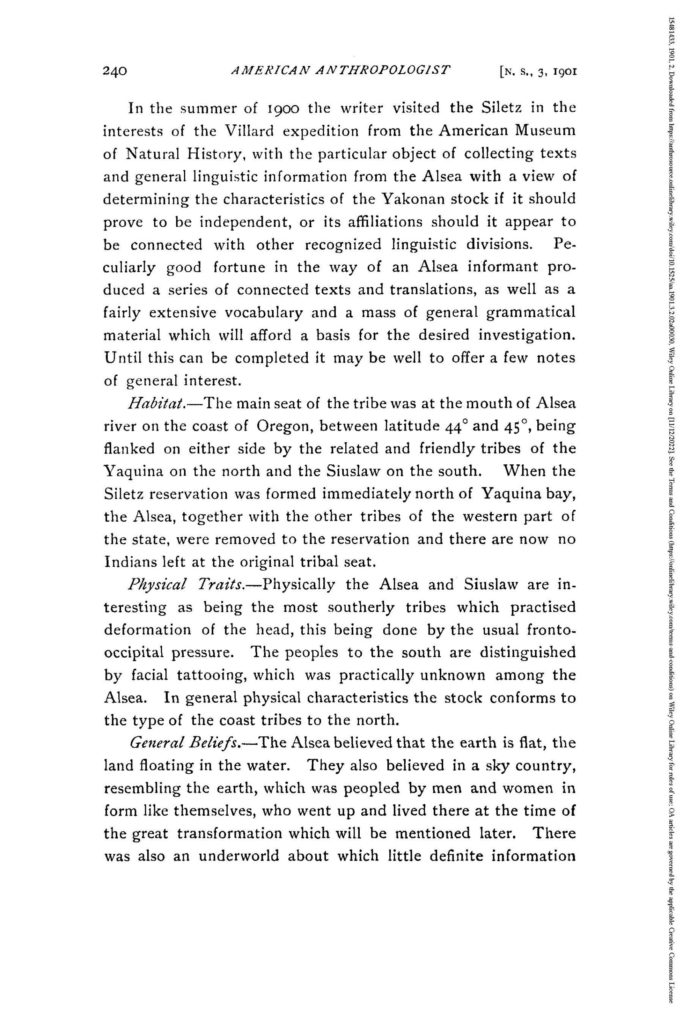
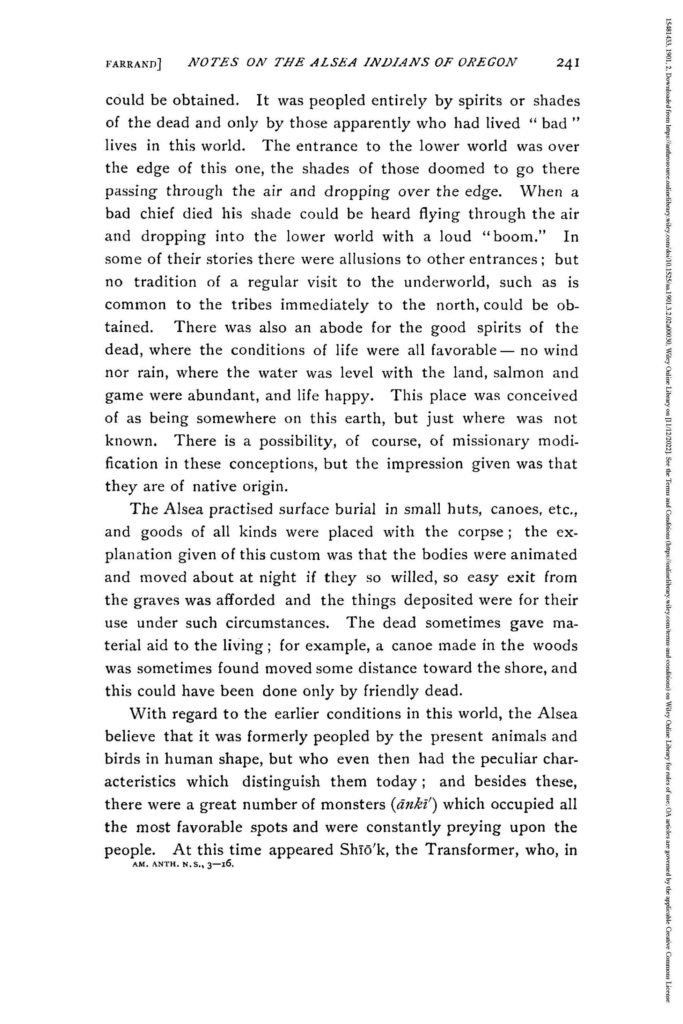
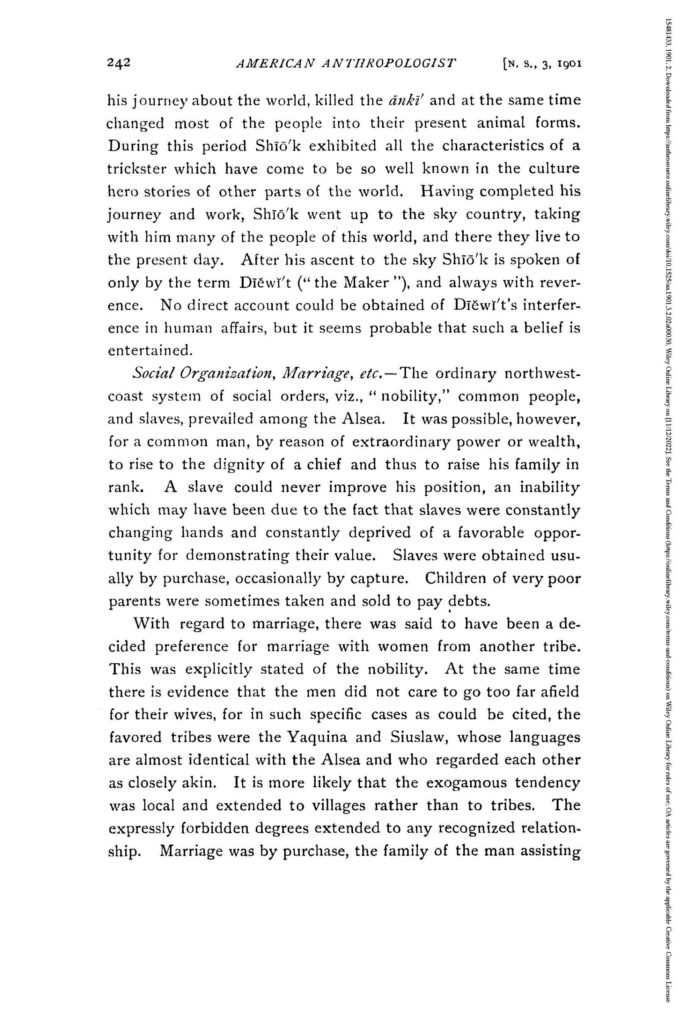
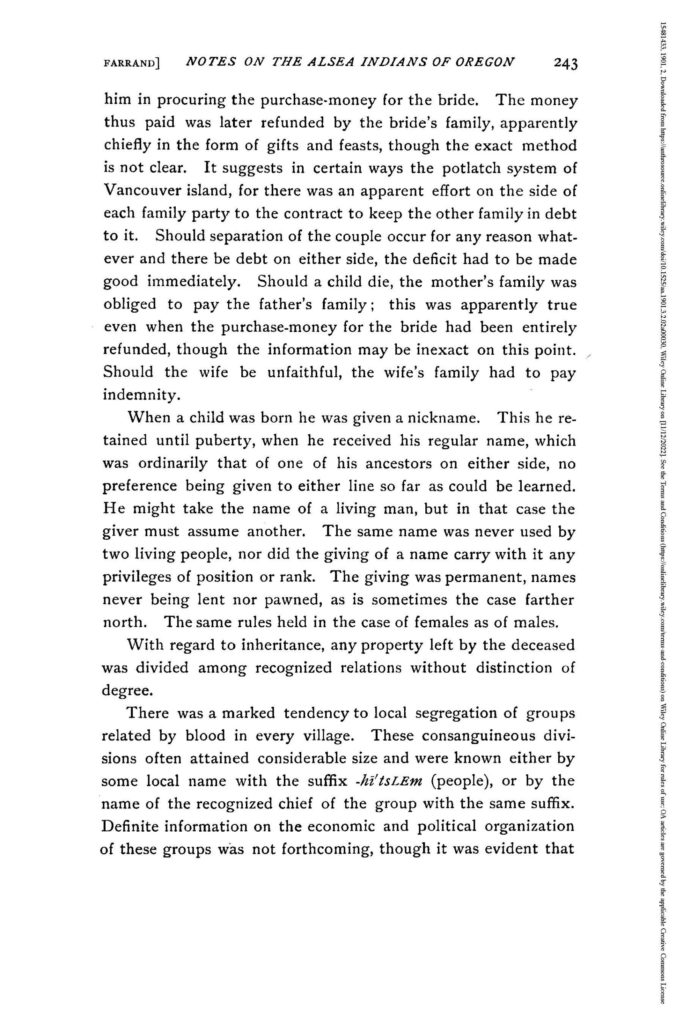
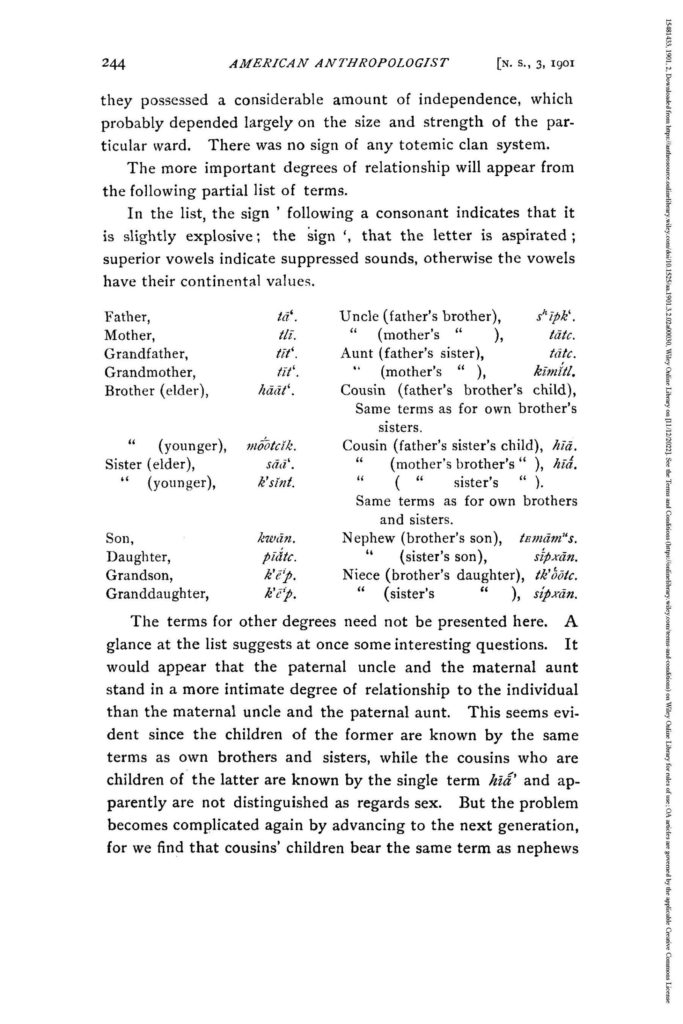
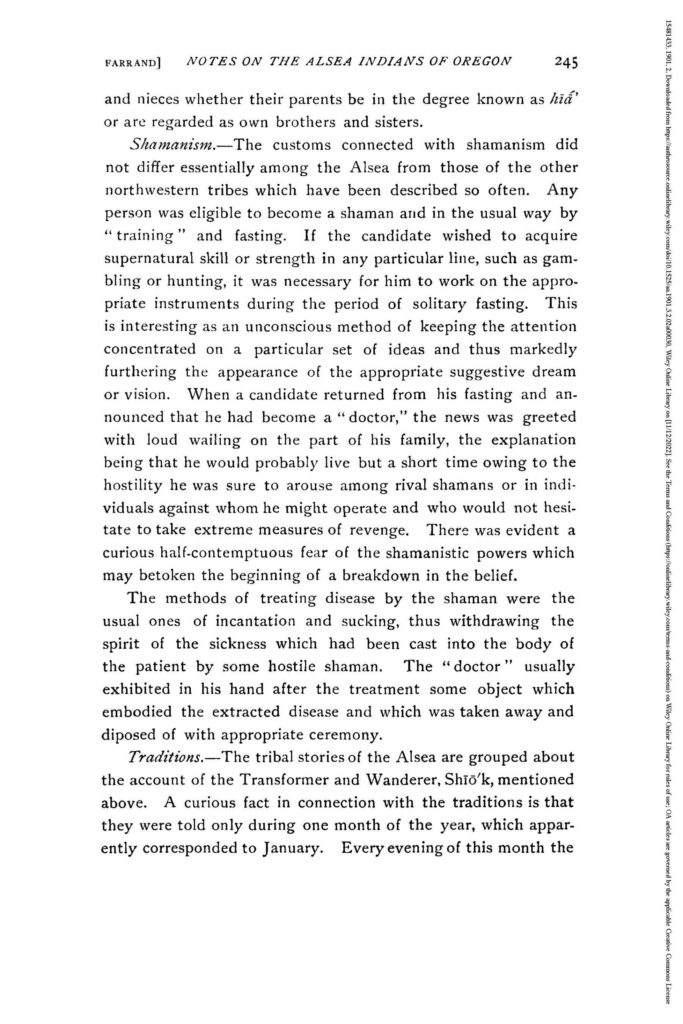
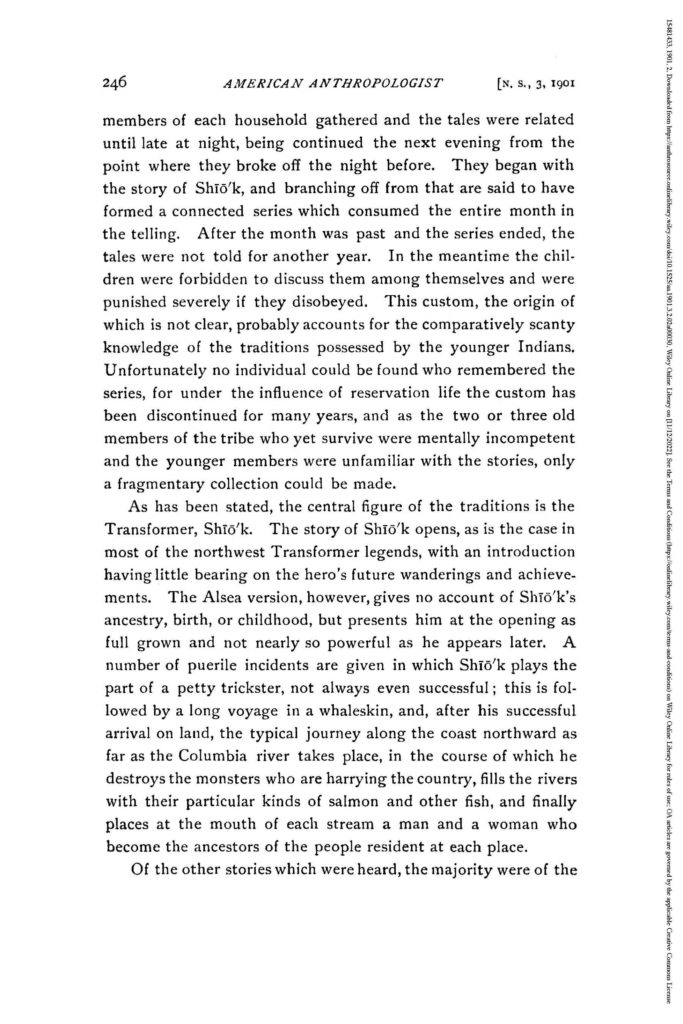
The Alsea Bay Bridge
There have been two bridges on the same site in Waldport over the years.
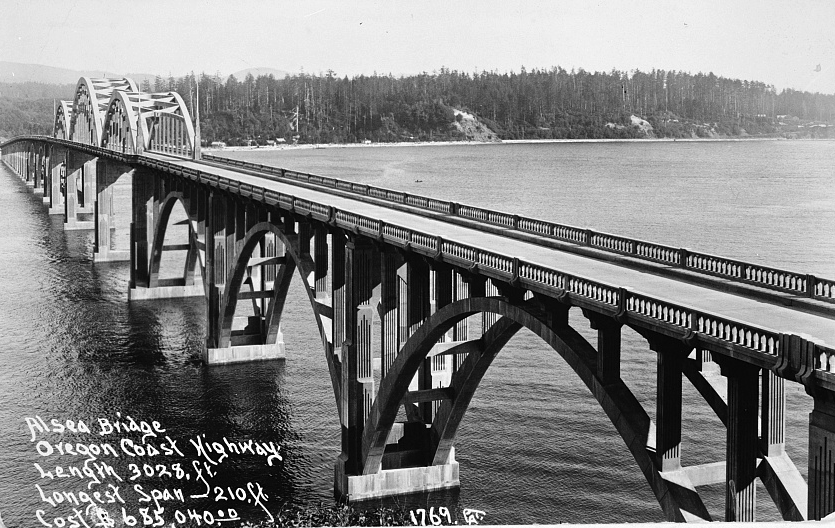
The first bridge was designed by Conde McCullough and opened in 1936. It was a 3,011 feet (918 m) long, reinforced-concrete combination deck and through arch bridge. The hostile environment caused significant corrosion to the steel reinforcements. In 1972 the Oregon Department of Transportation began projects aimed at extending the life of the bridge. By the mid-1980s it was decided to replace the bridge rather than continue costly rehabilitation efforts.
The first bridge was demolished in 1991.
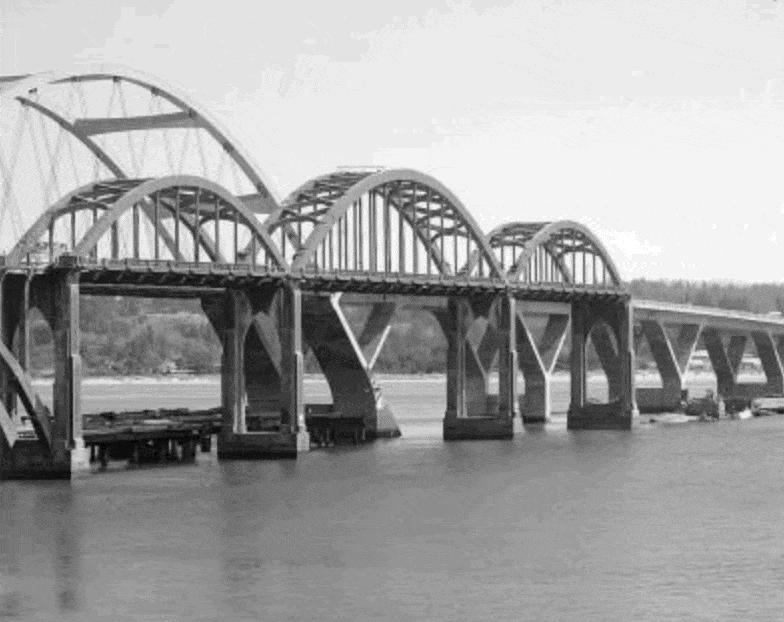
Construction of the second bridge, designed by HNTB, began in 1988, and it was opened in the fall of 1991 at a cost of $42.4 million. The bridge is 2,910 ft (890 m) in total length, with a 450 ft (140 m) main span that provides 70 ft (21 m) of vertical clearance. The bridge has a latex concrete deck and the piers are significantly thicker than normal in an attempt to thwart corrosion. Its life expectancy is 75 to 100 years.
Civilian Public Service Camp #56
Civilian Public Service (CPS) was a program established in the United States during World War II in which young men who were conscientious objectors could serve their country in non-military roles. CPS camps were set up across the country to provide work of national importance in fields such as conservation, forestry, and health care.
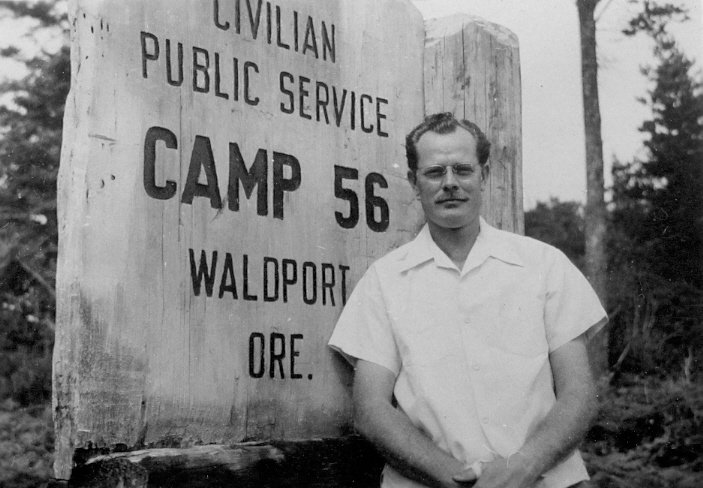
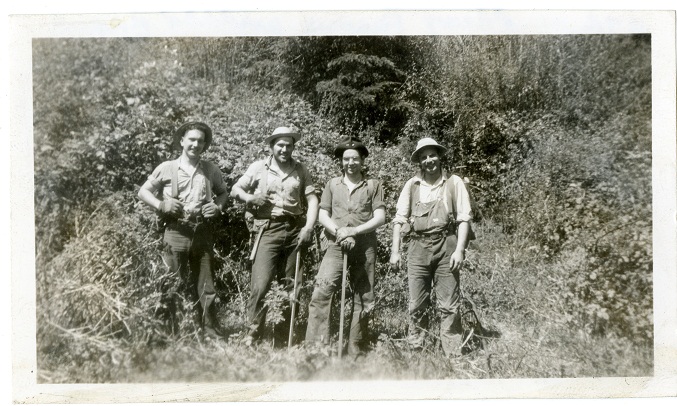
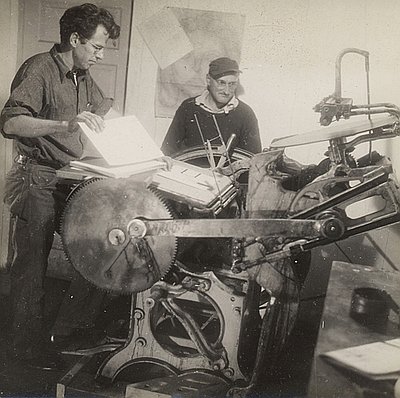
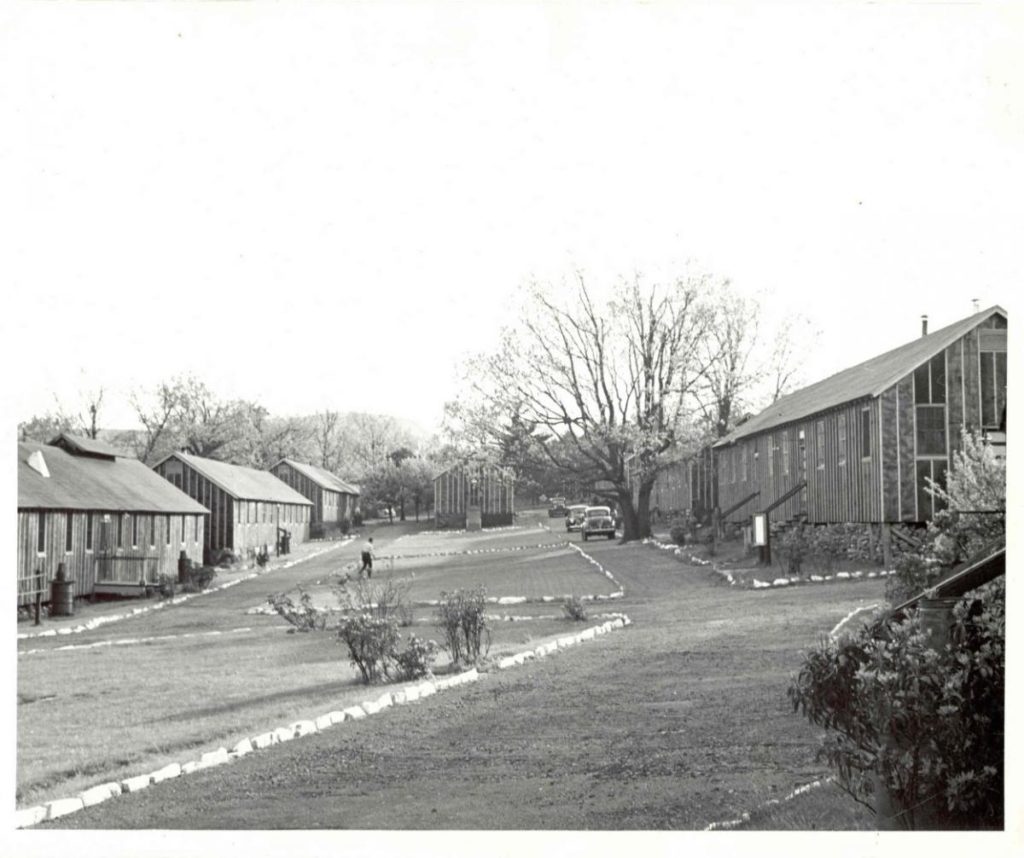
Camp Angel was Civilian Public Service (CPS) camp number 56, located from 1942 to 1945 near Waldport, Oregon. It was one of many CPS camps across the United States where conscientious objectors (COs) were given unpaid jobs of “national importance” as a substitute for World War II military service. Camp Angel was unique as the only Fine Arts Program camp in the CPS system.
Between 1942 and 1945, Camp Angel’s Fine Arts Program sponsored the production of original plays and the publication of books by the COs. When the war was over, notable objectors including poet William Everson, actor/writer Kermit Sheets, and dramatist Martin Ponch relocated to San Fransico, California.
Visiting Waldport Today
Today, Waldport remains a vibrant and thriving community, and it continues to attract visitors and residents who are drawn to its beautiful setting and rich history.
Today, the city has a population of about 2,000 people and is a popular destination for tourists and outdoor enthusiasts. Some popular activities include hiking, biking, and fishing in the Alsea Bay, as well as exploring the city’s charming downtown area.
Nearby cities: Seal Rock, Yachats, Tidewater, South Beach, Newport
